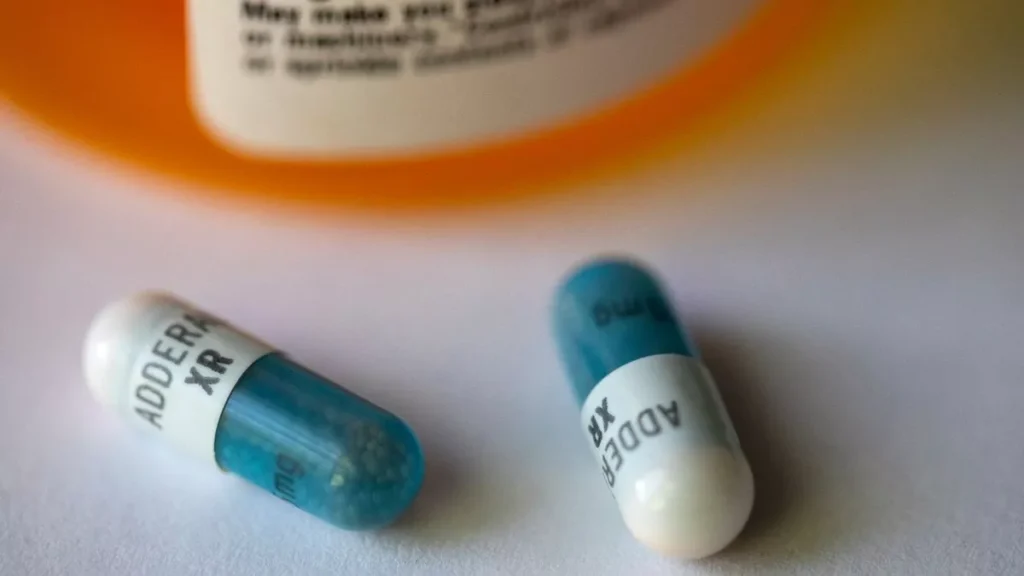I de seneste måneder, a troubling shortage of Adderall, a medication commonly prescribed to treat Attention Deficit Hyperactivity Disorder (ADHD), has been reported across the United States. The scarcity has raised alarms among patients, healthcare providers, and pharmacists alike.
This Shortage Has Been Particularly Disruptive
The nationwide shortage of Adderall has profoundly impacted patients who rely on the medication to manage their ADHD symptoms. Many individuals have reported difficulties concentrating, increased impulsivity, and a decline in their overall quality of life as they struggle to obtain their prescriptions. For students and professionals who depend on Adderall to help maintain their focus and productivity, this shortage has been particularly disruptive, leading to decreased performance in academic and work settings.
Healthcare providers are also feeling the strain of the Adderall shortage. Physicians and psychiatrists are inundated with calls from concerned patients seeking alternatives or assistance in locating available supplies. This situation has forced many healthcare professionals to spend additional time navigating supply chain issues and discussing alternative treatments, thereby increasing their workload and potentially impacting the quality of care they can provide to all of their patients.
Pharmacies across the nation are experiencing the brunt of the supply crunch as well. Pharmacists report that they are often unable to fulfill prescriptions, leading to frustration among patients and creating a bottleneck in the healthcare system. Some pharmacies have instituted waitlists for Adderall, while others have had to turn patients away completely. This shortage is not just a matter of inconvenience; it poses significant health risks for those who depend on consistent medication to manage their condition effectively.
Causes Behind the Adderall Supply Crunch
The primary cause of the Adderall shortage can be traced to manufacturing and supply chain disruptions. Several pharmaceutical companies have reported difficulties in obtaining raw materials and maintaining production levels due to ongoing global supply chain issues. These disruptions, exacerbated by the COVID-19 pandemic, have led to delays and inconsistencies in the availability of Adderall across the United States.
Regulatory factors also play a significant role in the current shortage. Adderall, classified as a Schedule II controlled substance due to its potential for abuse and dependency, is subject to strict manufacturing quotas set by the U.S. Drug Enforcement Administration (DEA). These quotas limit the amount of active pharmaceutical ingredients that can be produced each year, constraining manufacturers’ ability to ramp up production in response to increased demand or supply chain challenges.
desuden, the rising demand for Adderall has intensified the supply issue. Over the past decade, there has been a significant increase in ADHD diagnoses and, consequently, in Adderall prescriptions. This surge in demand has outpaced the supply capabilities of pharmaceutical companies, leaving many patients without access to their medication. The combination of heightened demand, regulatory constraints, and supply chain disruptions has culminated in the widespread shortage being experienced today.
As the Adderall shortage continues to affect thousands of individuals across the nation, it highlights the fragile nature of pharmaceutical supply chains and the complex regulatory environment surrounding controlled substances. Addressing this shortage requires coordinated efforts from manufacturers, regulatory bodies, and healthcare providers to ensure that patients can reliably access the medications they need. Until a resolution is found, those impacted by the shortage will need to navigate a challenging landscape to manage their health effectively.









